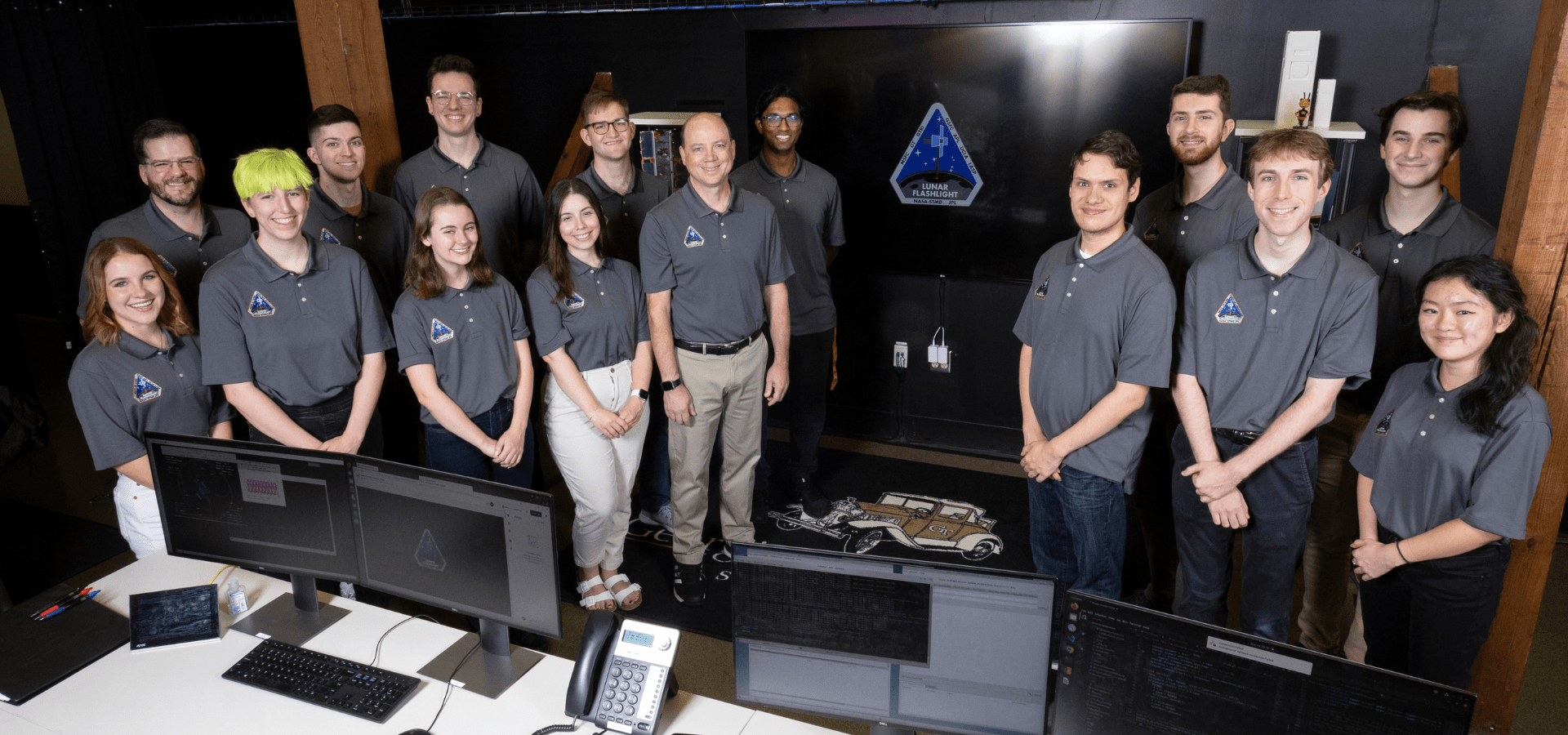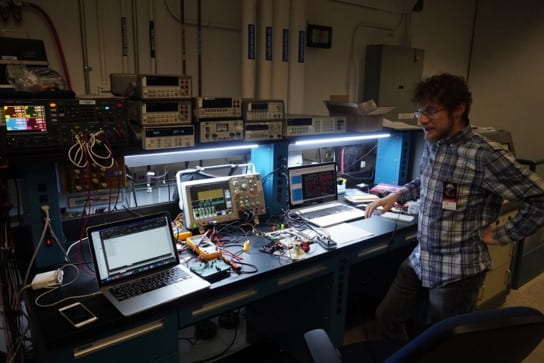Research
CSTAR represents a dedicated web of interdisciplinary research, affiliated organizations, and active participation in spaceflight programs. Explore the various space disciplines represented by our members and their research, take a look at past and current spaceflight missions our members have contributed to, and find related centers in everything from astrobiology to space entrepreneurship.
Member Disciplines
Covering everything from robotics and space instrument engineering, to astrophysics, space policy, and Earth sciences, CSTAR represents a wide range of cutting edge space science and research.


Missions Past & Present
The space community at Georgia Tech has participated in numerous missions over the past decade, and continues to play an active role in current and future missions. Labs across campus are in various stages of development for more than a half-dozen spacecraft and related projects.
Affiliated Centers
CSTAR is associated with several interdisciplinary research centers and sister organizations. From astrophysics and space security, to space entrepreneurship and astrobiology, learn more about related organizations and research centers.


